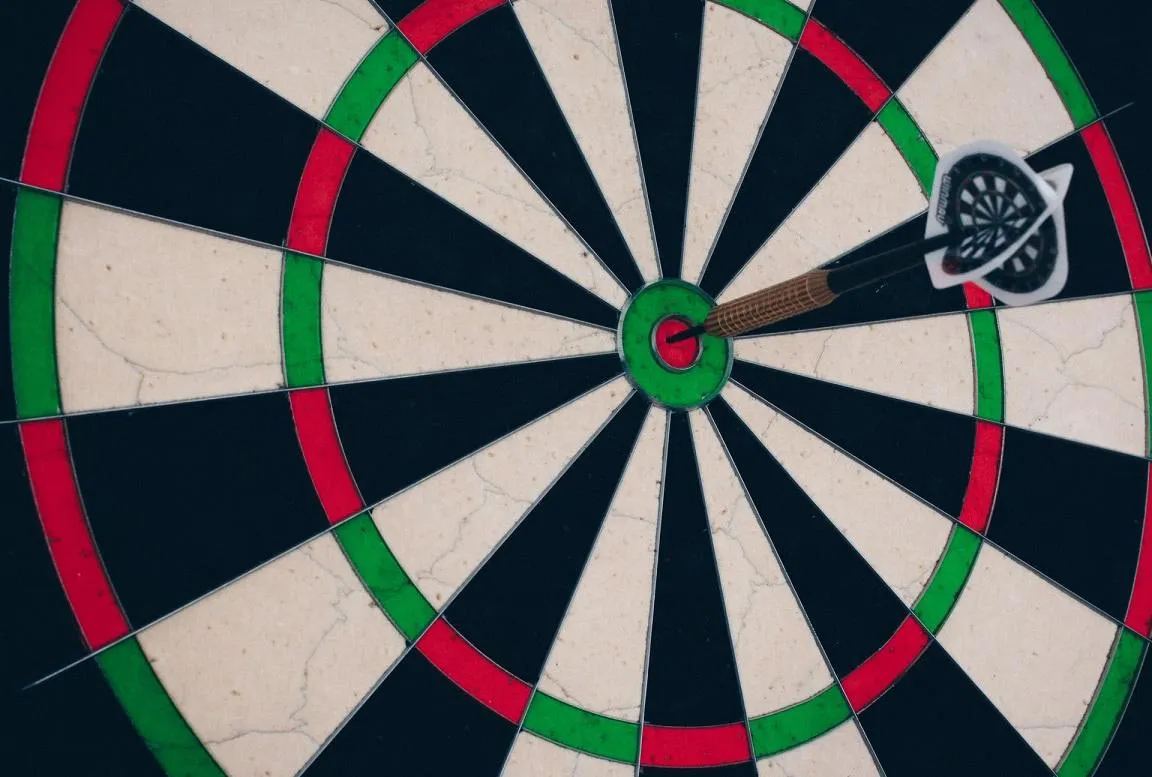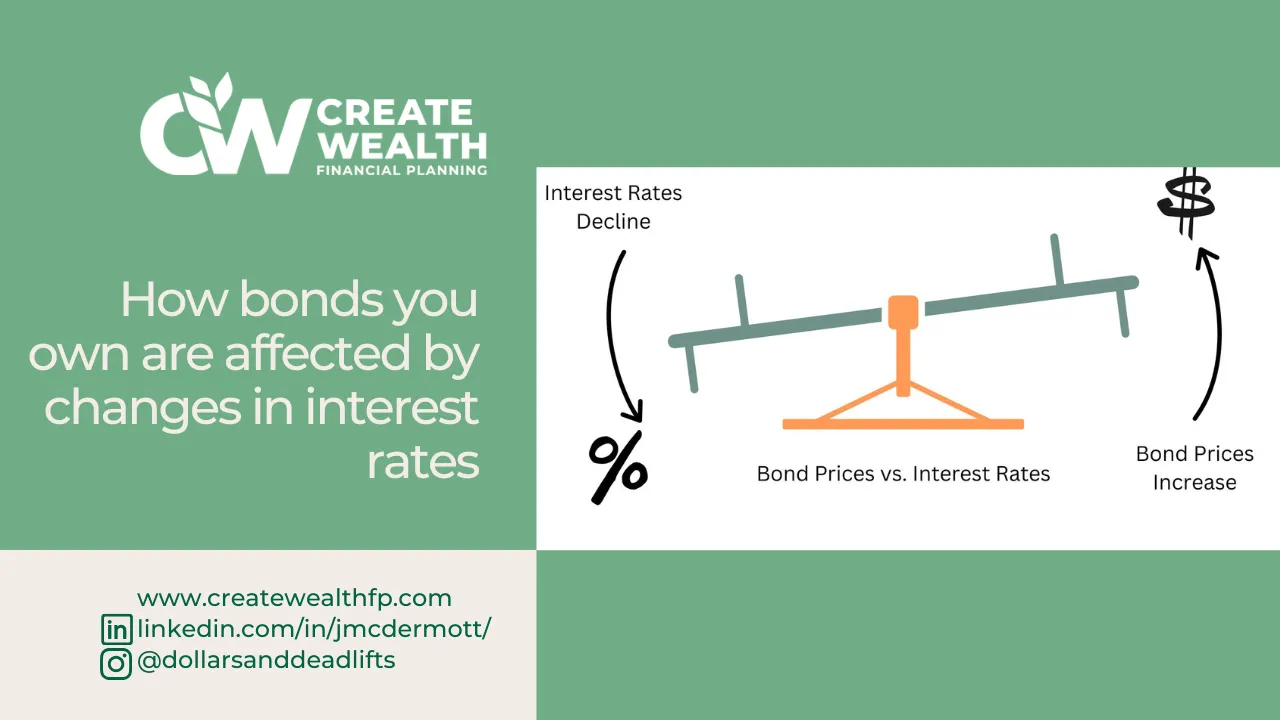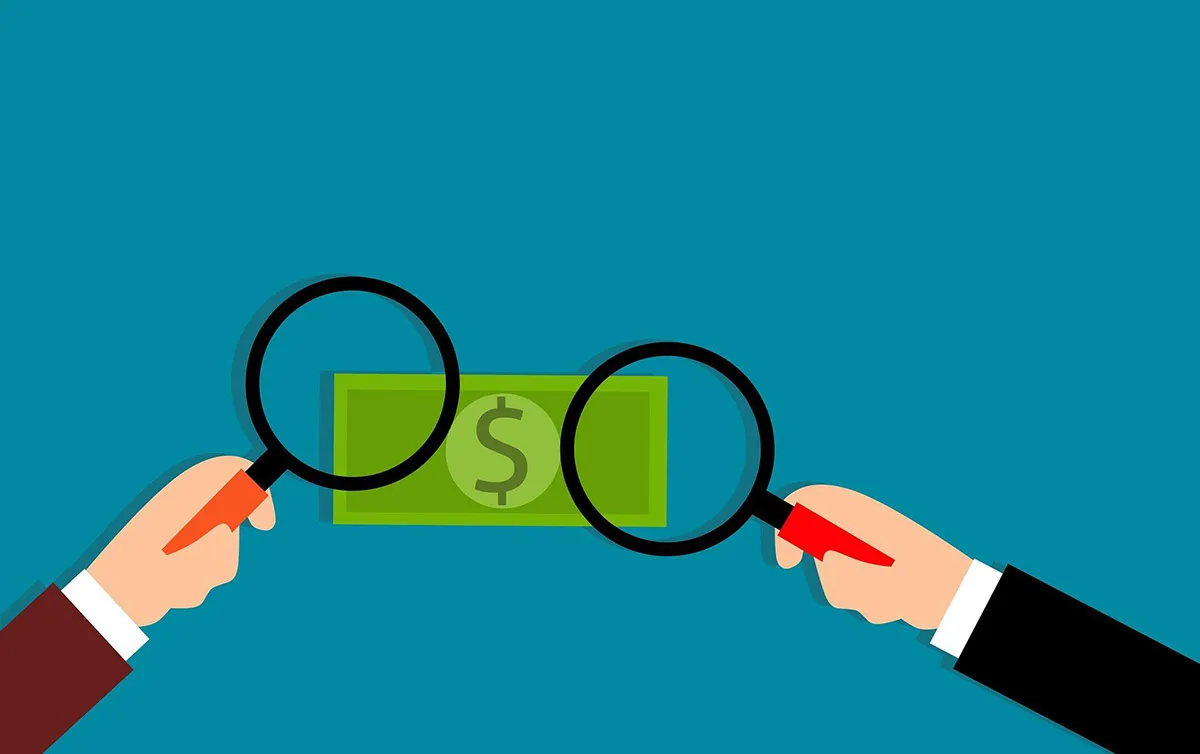Does your investment account know what it was made for?

The 2024 Grammys were this past week. Taylor Swift made history with her 4thAlbum of the Year award, and Billy Joel was back performing his first new song in nearly 20 years. But one song had me thinking about investment planning, and that was Song of the Year winner “What Was I Made For" by Billie Eilish.
You see we have lots of different places to put our hard-earned savings, and knowing where and what kind of account to use comes down to answering the question for each account: “What was I made for?” Knowing this answer helps us put our money into the account that works hand and hand with our personal goals for that money, and a mismatch could leave us coming up short, or worse, with less money than we started when we go to pull the money out for our goal.
So how do we know what different types of accounts were made for? We can ask ourselves a few of the questions below to help us answer that question, and ultimately feel better that our money is in the right place. Those questions are:
- How risky is the account, and what should I expect in return? From cash to individual stocks, how much risk and return the account can offer says a lot about what it was made for.
- What are the tax rules when I put money in and take money out? Unfortunately, many famous musicians are no stranger to tax problems. Know the tax rules going in and coming out to help understand what an account was made for.
- Are there any withdrawal restrictions or penalties? Need that money in the next couple of years? Planning an early retirement or sabbatical? An account made for that purpose won’t have penalties or withdrawal restrictions when you need the money.
- What are the costs associated with the account? Don’t over look the costs of your accounts which can drag on your performance and tell you if the account exists to make you money…or make someone else money…
With those questions in mind, let’s examine a few different types of accounts.
High Yield Savings
What was I made for? Emergency reserves, cash, short term goals.
As long as you are within the FDIC limits your money is generally protected from loss, and the money will earn some interest while your approach a short term goal or wait for a rainy day. The low risk/low return proposition of a savings account is great for accumulating that down payment, or next year’s tuition bill, but too much money in a savings account will drag on your long term goals. Higher expectations existing in other accounts might be appropriate for other goals if you’re willing to take on a little investment risk.
Brokerage Investment Account
What was I made for? Intermediate goals, supplemental retirement, surplus monthly savings.
A brokerage investment account is a great no-strings-attached (hey, another Grammy nominee) type of account where you can deposit and withdraw money freely but invest for greater returns than your savings account. Because a brokerage account allows you to invest in the stock and bond markets it comes with greater return potential than cash, but also greater risk. The proportion of stocks vs. bonds you own can dictate the riskiness and the potential return of the portfolio, and you have the option to select lower cost funds where you can find them. The additional risk means we should aim to keep the money invested for a few years to allow the volatility to smooth out a bit. These accounts get taxed on an ongoing basis on all dividends, interest, and realized capital gains, so you need to be tax-wise and potentially get some professional help with this kind of portfolio.
401(k) and Traditional IRA
What was I made for? Retirement savings, tax deductions now.
These pre-tax accounts give you a tax-deduction now which is great for high earners (the O’Jays sung about that one) but the tax bill comes later when you withdraw the money, so pre-tax savings is a top choice for investors in a high tax bracket now and expecting to be in a lower tax bracket later. Long-term investments in stock and bond funds give you the best return expectations but with the risk that comes with the economic roller coaster. Investment risk, paired with early withdrawal penalties, and sometimes the inability to withdraw at all from your current employer’s 401k means these accounts are made for long term retirement savings.
Roth IRAs and Roth 401(k)s
What was I made for? Retirement Savings, reducing future taxes.
Roth accounts have the opposite tax treatment of traditional pre-tax accounts. No tax deduction up front, but a tax-free distribution later. This makes them a great account often recommended to young savers in a lower tax bracket at the beginning of their careers who can pay tax now at a low rate and withdraw it later tax-free. While Roth IRA has some less restrictive rules allowing for withdrawals of contributions and a few other exceptions, withdrawing account growth can face tax and penalties if done before age 59 ½. Besides, leaving the money in longer just leaves more time for compounding growth, and when the Taxman comes as the Beatles said he would, you can tell him “not this account!”
Healthcare Savings Accounts (HSAs)
What was I made for? Tax advantage and healthcare expenses.
The HSA might be the greatest rock and roll trio out there. HSAs come with the trio of a tax-deduction on contributions, tax-deferral on earnings, and tax-free withdrawals if used for qualified healthcare expenses. You can even invest your HSA for longer term growth potential if you can avoid withdrawing from it each year. Who an HSA is right for is a little tricky because you also need to be on a High Deductible Healthcare Plan (HDHP) which may or may not be right for your family. If a HDHP does work for you, and you have access to an HSA, it’s the only account that has both tax-later and tax-free characteristics.
A word about life insurance
What was I made for? Death benefit to cover loss of income, paying estate taxes.
I am including life insurance because it seems to be the one with the biggest identity crisis. At it’s core life insurance offers a death benefit to replace the income of someone who passed away. If someone is dependent on your income, you need life insurance. It can also be used to help pay estate taxes for high-net-worth families with estates subject to tax. But people often try to also tell life insurance it was made for investing, or for your retirement plan, or for borrowing money from later in life. While those uses can work in some special cases, it’s few and far between and typically comes with the highest expenses vs. the alternatives. IRA’s and 401k’s give us tax deductions now, Roth IRA’s give us tax-free money later, and brokerage accounts can be very tax efficient if managed well without high fees and without interest on policy loans. If you need a death benefit in your plan, there is no better way to secure one than with life insurance. Once that need is met though don’t find yourself in an investment identity crisis.
What do your investment accounts need to be made for?
These are by no means all the investment account types out there, but they are some of the most common ones. The first thing for you to do is to determine what your financial planning needs and goals are, and what you would like to accomplish. Once you know that, it’s easy to ask a few questions of your investment options and determine which one (or which combination) was made for your goals.



